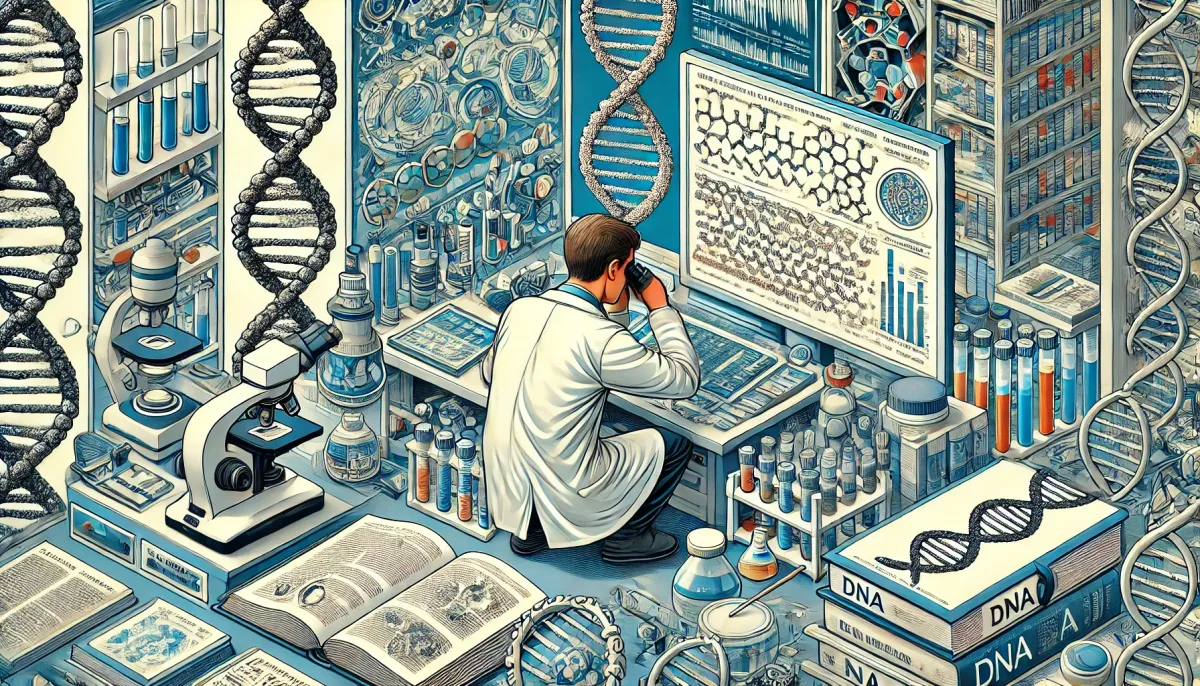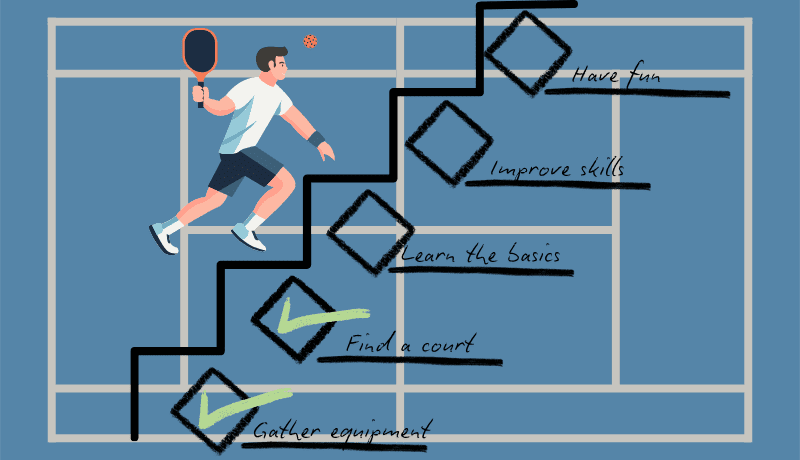The Longest Operational Definition
In one of the recent articles, we were introduced to the operational definition. This material will introduce the longest one known to humanity.

In a recent article, there was a discussion about operational definitions. This is a powerful tool, but it seems not everything can be defined using it. For example, how can you operationally define doubt or the ocean? I won't say how. What about a human or a fern? It seems there is an idea here.
Next, I will elaborate on a topic in which I have no confident knowledge. For my reasoning, I will use materials from Richard Dawkins' book “The Blind Watchmaker” [1]. I hope I can understand, correlate, and present them correctly. If you are well-versed in the topic and see significant flaws in the arguments below, please write.
Many readers have heard about the concept of DNA and genes. DNA contains hereditary information, and a gene is a part of DNA. DNA determines the organism created based on it. That is, how the organism looks and works, which is also called the phenotype [2].
But what exactly is contained in DNA? How does the record there turn into an animal or a plant? Richard Dawkins in his book writes about two views on this question among scientists:
There has traditionally been a deep divide between two different attitudes to the way single cells turn into adult creatures. The official names for them are preformationism and epigenesis, but in their modern forms I shall call them the blueprint theory and the recipe theory.
The blueprint theory assumes that the DNA contains a “blueprint” of the adult organism, while the recipe theory suggests a sequence of steps for creating the organism. Richard Dawkins thoroughly examines the blueprint theory and presents convincing arguments in favor of the recipe theory.
So, what is a recipe? Let's look at an example, the recipe for a classic apple pie [3]:
- Preheat the oven to 425 degrees F (220 degrees C). Line a 9-inch pie plate with bottom crust.
- Combine apples, sugar, flour, cinnamon, salt, and nutmeg in a bowl. Place mixture into the prepared pie plate. Dot with butter. Cover with top crust and seal. Cut holes in top crust to allow venting.
- Bake in the preheated oven for 10 minutes.
- Reduce the oven temperature to 300 degrees F (150 degrees C) and bake until crust is golden brown and apples are tender, 40 for 50 minutes. Cool and serve.
It looks very similar to one of the operational definitions from the previous article. And if a recipe is an operational definition of a dish, and DNA is a recipe for a living creature, then what do we get? It turns out that DNA is an operational definition of a living creature.
And what is even more amazing? It is astonishing that DNA is contained in every cell. That is, in every cell of a living organism, there is a recipe describing how to create this living organism. Another thing is that this recipe is written in a not very understandable language.
This language has only 4 letters: A, C, G, T. But the recipes themselves are very long. For example, if you take a single human cell and extract DNA from it, then stretch the extracted DNA into a line, it will be 2 meters long [4]!
But even this operational definition seems tiny compared to the inconspicuous fern Tmesipteris oblanceolata. In its case, the length of the DNA is more than 100 meters [5]. Even in A4 sheets, that's 336 sheets, and a whole book could fit on them.
List of links:
[1] Richard Dawkins, “The Blind Watchmaker”, ISBN 0-393-31570-3
[2] “Phenotype” from “Wikipedia”
[3] “Old-Fashioned Apple Pie” from “allrecipes”
[4] “How long is your DNA?” from “BBC Science Focus”
[5] “Largest Genome on Earth Revealed, And It's a Big Surprise” from “Science Alert”



